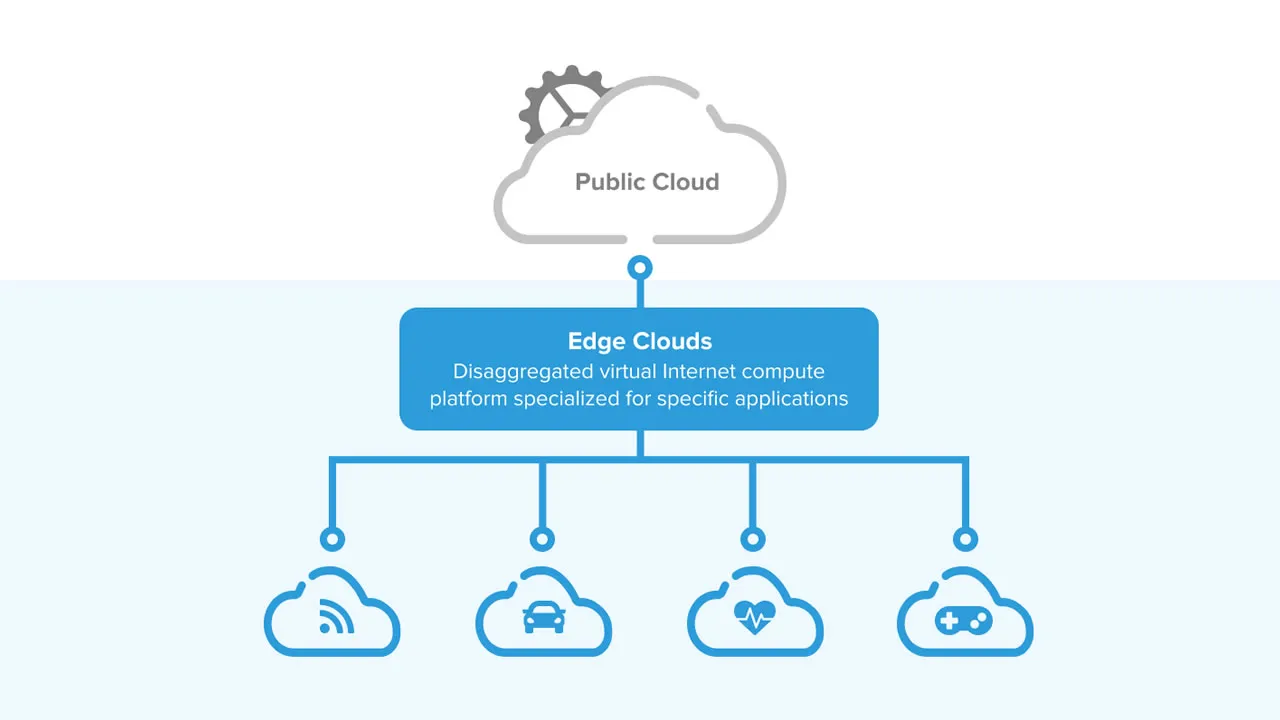Global web services are largely served from public clouds today. As they reach the cloud edge, they are handed over to telco wireline and mobile wireless access networks for delivery to end users.
While this delivery approach has been adequate as a best-effort service delivery, mission-critical services — with stringent latency requirements in the range of milliseconds or lower — cannot work this way, since cloud to client latency can easily exceed tens of milliseconds on average and may fluctuate wildly depending on network loads. New emerging services that require ultra-low latency — such as autonomous driving, massive machine-type communications for smart infrastructure and manufacturing, as well as Internet of Things (IOT) — have led to the emergence of edge cloud and associated computing infrastructure to provide accelerated delivery with machine learning intelligence.
Although there is a great deal of consensus that cloud edge is where more intelligent processing is needed, there is every little consensus of where to build these edge infrastructures and if they are synonymous with 5G Mobile Edge Computing (MEC). Further, while 5G is expected to play a pivotal role in connecting edge and client devices into the cloud, many forms of wireline and wireless radio technologies are expected to play a role in the broad content of Internet of Things (IOT).
#cloud services #edge / iot #edge cloud #cloud

